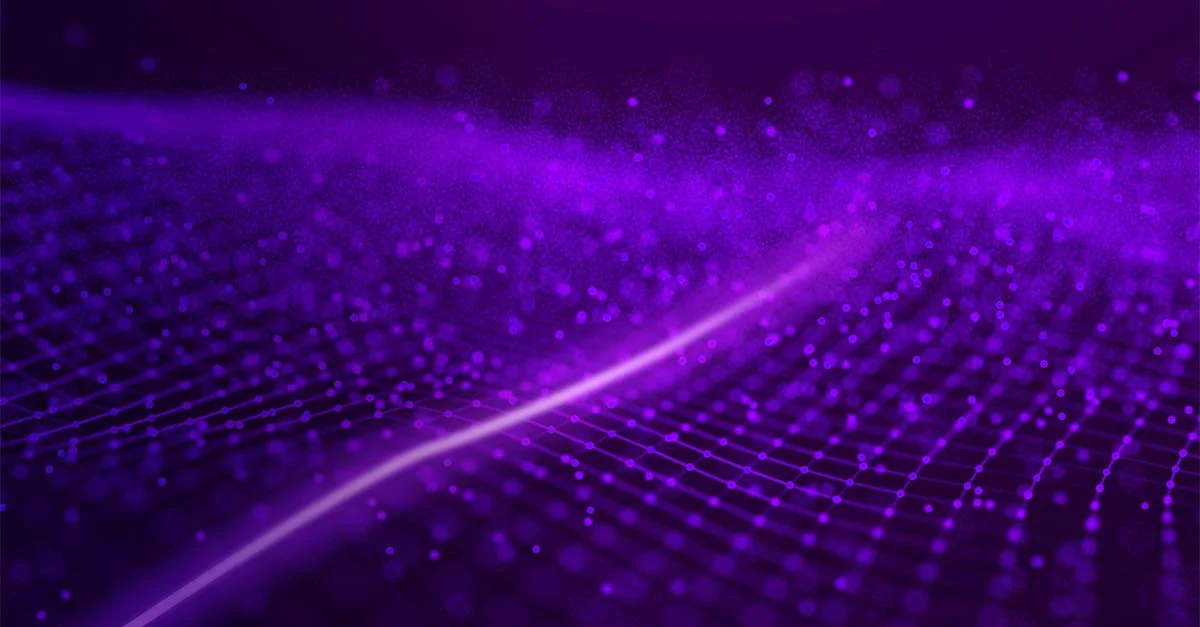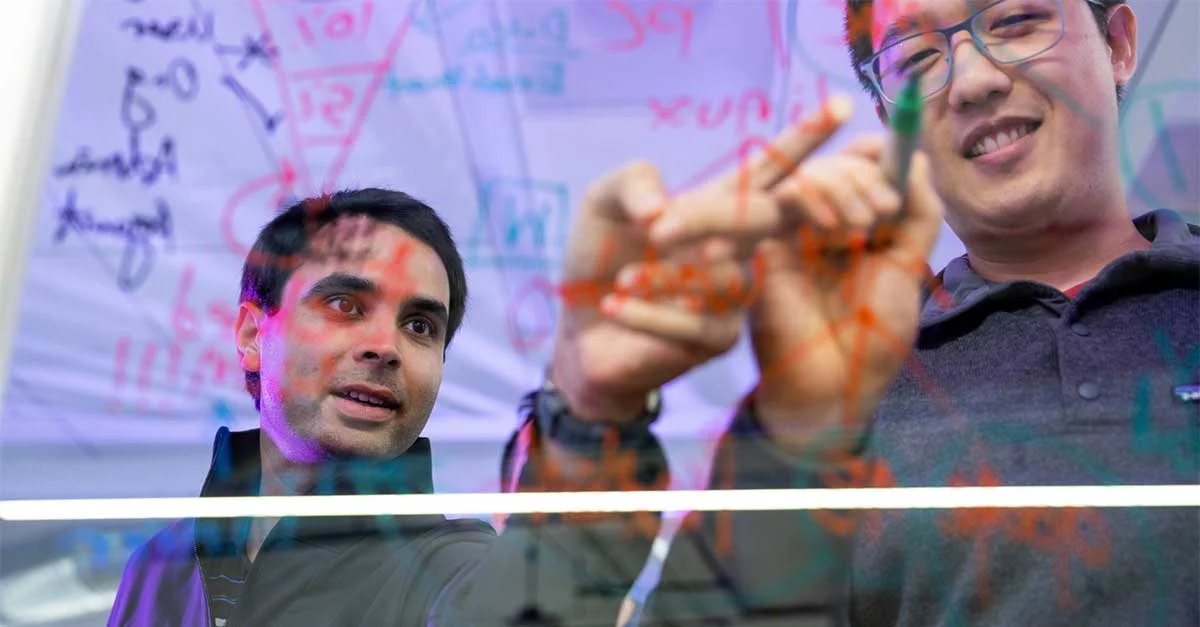- Text 1
How does k-shot learning work?
K-shot learning is a machine learning approach where models learn from only k labeled examples per class, where k is a small number like 1-5. K-shot learning leverages meta-learning and transfer learning to enable rapid adaptation with extremely limited data.
In k-shot learning, models are first pre-trained on large datasets to learn feature representations that capture semantic relationships and attributes within the data. This base representation essentially teaches the model how different inputs relate to each other.
Then, meta-learning optimizes the model's learning process itself, teaching it how to quickly assimilate new concepts from a few examples. The model learns update rules that allow it to rapidly adapt to new tasks in a data-efficient way.
When presented with a new task with only k labeled examples per class, the model can utilize this prior meta-learned knowledge to intelligently fine-tune to the new dataset. By comparing the few shots against its pre-trained representation, the model can adapt its parameters to the new task for effective classification and generalization.
This ability to swiftly learn new concepts from only k examples per class removes the limitation of needing large training sets. K-shot learning provides an extremely flexible framework for models to dynamically extend to new data with scarce labeled examples.
Why is k-shot learning important?
K-shot learning is crucial because it allows models to learn new concepts from only a handful of examples, defying traditional data constraints. This extreme efficiency vastly expands the applicability of machine learning to unfamiliar domains where limited labeled data is available.
K-shot models can dynamically extend to new classes and datasets through meta-learned fast adaptation from scarce examples. This technique is pioneering more generalizable, nimble, and accessible AI that can scale intelligently with minimal data. K-shot learning signifies an important paradigm shift in efficient and flexible machine learning.
Why does k-shot learning matter for companies?
K-shot learning unlocks new agility to meet changing business needs. Models can swiftly learn to support new products, languages, user segments and tasks from just a few examples. This rapid adaptability powers greater personalization, intelligent anomaly detection, improved risk assessment, and accelerated iteration cycles — all with minimal labeling costs.
K-shot learning enables companies to innovate faster by reducing training data and engineering time investments. It creates highly dynamic AI systems that can rapidly scale incapability and utility across fluctuating business environments, giving companies a substantial competitive advantage in leveraging AI.


